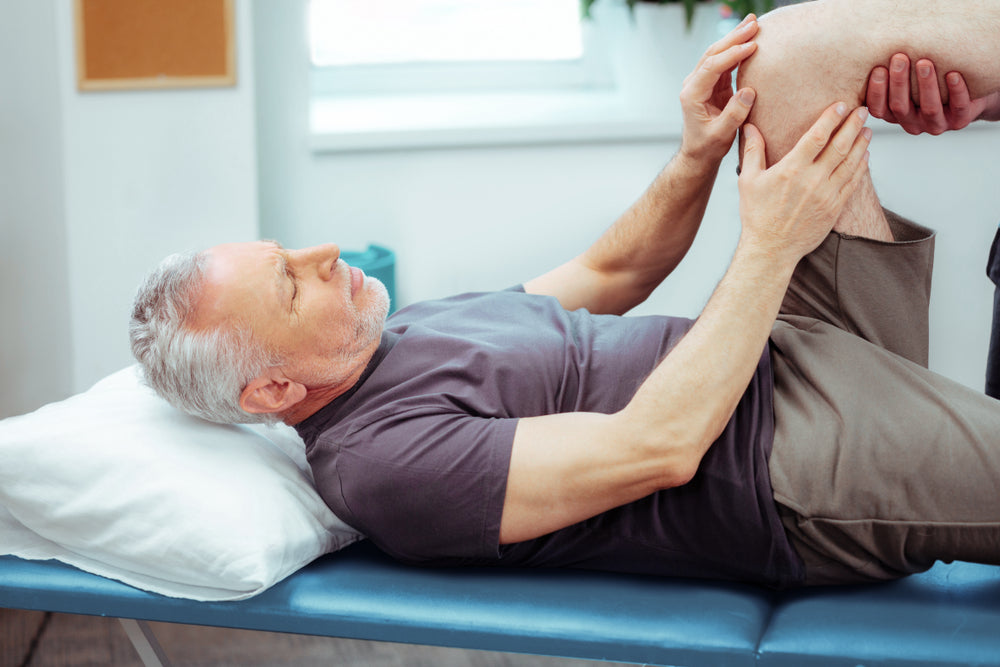How to properly fit and wear a knee brace

Understanding how to wear a knee brace is the most effective way to support and protect those who have suffered, or are recovering from injury.
Knee surgeries commonly requiring a brace for recovery include anterior cruciate ligament (ACL) surgery, patella tendon repair surgery or lateral release surgery.
A physical therapist might also suggest the support for those with moderate injuries – a properly fitted knee brace can help with gait (a person's manner of walking), mobility and improving strength to a level where they no longer need the brace.
How to properly fit and wear a knee brace
Braces are made from a combination of metal, foam, plastic, flat knit and straps, while also be available in many sizes, colours and designs.
A correctly fitted knee brace is key to recovery, with the type and severity of injury dictating the style of brace which will be required.
Mild sprains will only require a compression sleeve, while more serious injuries could need a hinged brace, reinforced with metal or plastic. It’s best to speak with your physician or healthcare professional when deciding on your needs.
It’s also important to ensure your brace fits properly and doesn’t slide down your leg, which will remove adequate support for your knee.
What size and materials should I select?
Most knee braces include sizing charts, so it’s recommended to measure your knee at the joint line so you can find the correct size.
The brace should feel comfortably firm to ensure adequate support and reduce the chances of moving around. The fit of the brace will also be determined by the materials used particularly when factoring in active movements and hours of use.
Generic or cheaper braces will typically have a small hole in the front and will be made out of neoprene. These quickly become uncomfortable after a few hours of use or while exercising, due to the materials lack of breathability creating a build up of heat
Bauerfeind have extensive research into the flat knit materials and superiority in achieving a better fit, increased comfort and ultimately more support for the knee.
It’s also worthwhile talking to your physical therapist or healthcare provider when trying on your brace, raising any concerns you might have.
View here: How to measure your size for a knee brace
Fitting a knee brace sleeve such as the GenuTrain can easily be done at home without the need or assistance from a therapist. It is only with the larger more mechanical bracings that a professionals help would be required.
The Bauerfeind braces simply involve holding onto the stays whilst sliding up the brace until the silicon support is comfortably compressing your patella (the middle of the knee).

Do you have private health? Most private health extras will cover Bauerfeind Products, check to see if yours is included. Bauerfeind Private Health Insurance Inquiry.
Bauerfeind products are developed at our innovation and manufacturing facility in Zeulenroda, Germany. Based on years of scientific research, our award-winning braces and support garments are highly recommended by medical professionals and athletes worldwide.
For assistance selecting the right product for your needs, book a video consultation with a Bauerfeind expert: Book Video Call, or call us on 1300 668 466.




